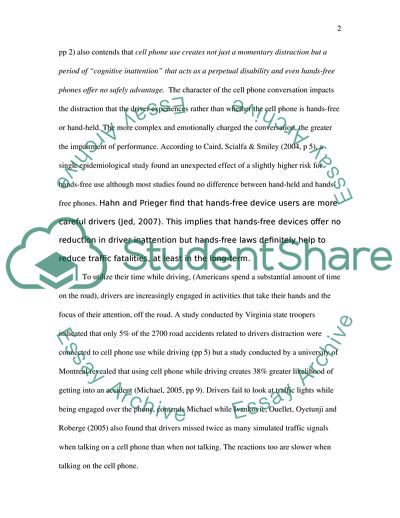Cite this document
(The Dangers of Cell Phone Usage While Driving Article, n.d.)
The Dangers of Cell Phone Usage While Driving Article. https://studentshare.org/technology/1709990-the-dangers-of-cellphone-usage-while-driving
The Dangers of Cell Phone Usage While Driving Article. https://studentshare.org/technology/1709990-the-dangers-of-cellphone-usage-while-driving
(The Dangers of Cell Phone Usage While Driving Article)
The Dangers of Cell Phone Usage While Driving Article. https://studentshare.org/technology/1709990-the-dangers-of-cellphone-usage-while-driving.
The Dangers of Cell Phone Usage While Driving Article. https://studentshare.org/technology/1709990-the-dangers-of-cellphone-usage-while-driving.
“The Dangers of Cell Phone Usage While Driving Article”. https://studentshare.org/technology/1709990-the-dangers-of-cellphone-usage-while-driving.


